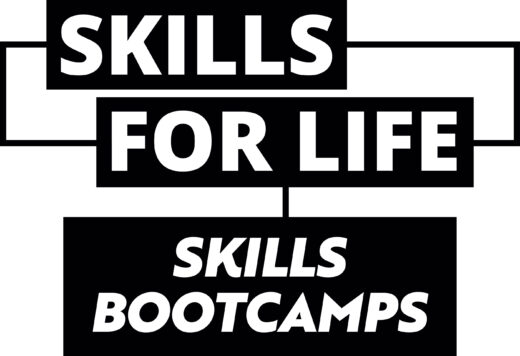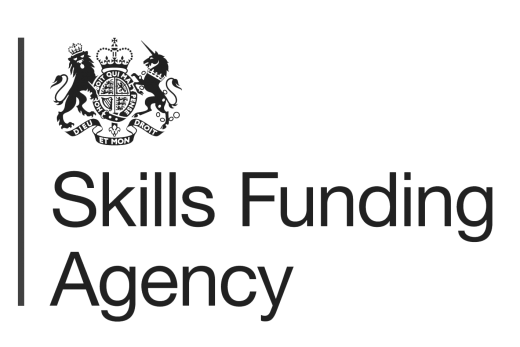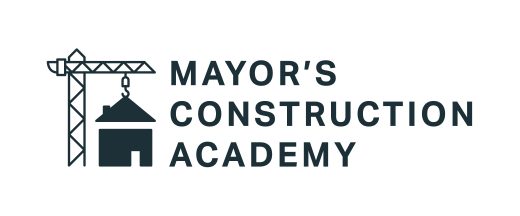Our Lifting Operations and Lifting Equipment Regulations 1998 (LOLER) training course is designed to reduce the risk of accidents during any of the activities related to lifting.
Introduction
The LOLER Training course (Lifting Operations and Lifting Equipment Regulations 1998) aims to reduce the chances of accidents or incidents during any lifting operations in the workplace. The course simplifies the regulations to give you a clear understanding of what is required to achieve compliance.
Learning Outcomes
- Display your commitment to the Lifting Operations and Lifting Equipment Regulations 1998 (LOLER).
- Determine how to select the correct equipment to ensure you are performing a task correctly.
- Learn about the planning and lifting operations, so that lifting is as safe as possible.
Course Structure
The course is broken down into 5 sections:
What is LOLER?
Selecting the right equipment
Location of your equipment
Planning Lifting Operations
Maintenance of Lifting Equipment
Course Overview
The Lifting Operations and Lifting Equipment Regulations 1998 provide guidelines for lifting procedures, so that they are conducted in the safest way possible. Operations require adequate planning, safe systems of work, professional supervision, and thorough examination.
In the UK alone, there have been 61 recorded accidents involving tower cranes, resulting in 25 injuries and 9 deaths. The purpose of LOLER Training is to provide safe methods of work to implement into your job role, to decrease the number of accidents.
Our LOLER Training outlines the fundamental requirements that you need to achieve compliance with the Lifting Operations and Lifting Equipment Regulations 1998. The course is IOSH approved and you will receive a personal certificate upon completion.
Our simple guide contains 5 sections: defining LOLER, choosing suitable equipment, where to set it up, operation planning, and the maintenance of equipment.
You may also be interested in our PUWER Training.
Available in 28 languages
ALL INCLUSIVE
Machine translated* content is included for free with all of our popular courses.
It covers LMS navigation, course transcripts and test questions. If you don't see a course listed in the language you require, just let us know.
*Content which is not English may be machine translated and is for assistive purposes only. We cannot guarantee the accuracy of translations.
LOLER Training certificate
All of our courses end with a multiple-choice test to measure your knowledge of the material.
LOLER Training concludes with a 20-question multiple choice test with a printable certificate. In addition, short in-course questionnaires will guide you through the sections of the training, which are designed to reinforce learning and ensure maximum engagement throughout.
As well as printable user certificates, training progress and results are all stored centrally in your LMS (Learning Management System). This can be accessed at any time to reprint certificates, check & set pass marks, and serve as proof of commitment to ongoing legal compliance.
What does my certificate include?
Your LOLER Training Certificate includes your name, company name (if applicable), name of course taken, pass percentage, date of completion, expiry date and stamps of approval or accreditations by recognised authorities.
Please note, if you are using our course content via SCORM in a third party LMS, then we are unable to provide certificates and you will need to generate these yourself in your host LMS.
Why is LOLER Training important?
It's important that you comply with the law and know the ways in which it affects you and the way you work.
The Lifting Operations and Lifting Equipment Regulations 1998 were designed to make lifting operations, and the use of lifting equipment, as safe as can be.
The Lifting Operations and Lifting Equipment Regulations 1998 (LOLER) Regulations aim to make working life safer for everyone using and coming into contact with lifting equipment: employers and employees, contractors and others. Like all regulations, they need to be studied closely. The words have been chosen carefully and sometimes have a precise legal meaning. At other times, you need to interpret the Regulations according to your own situation. HSE





